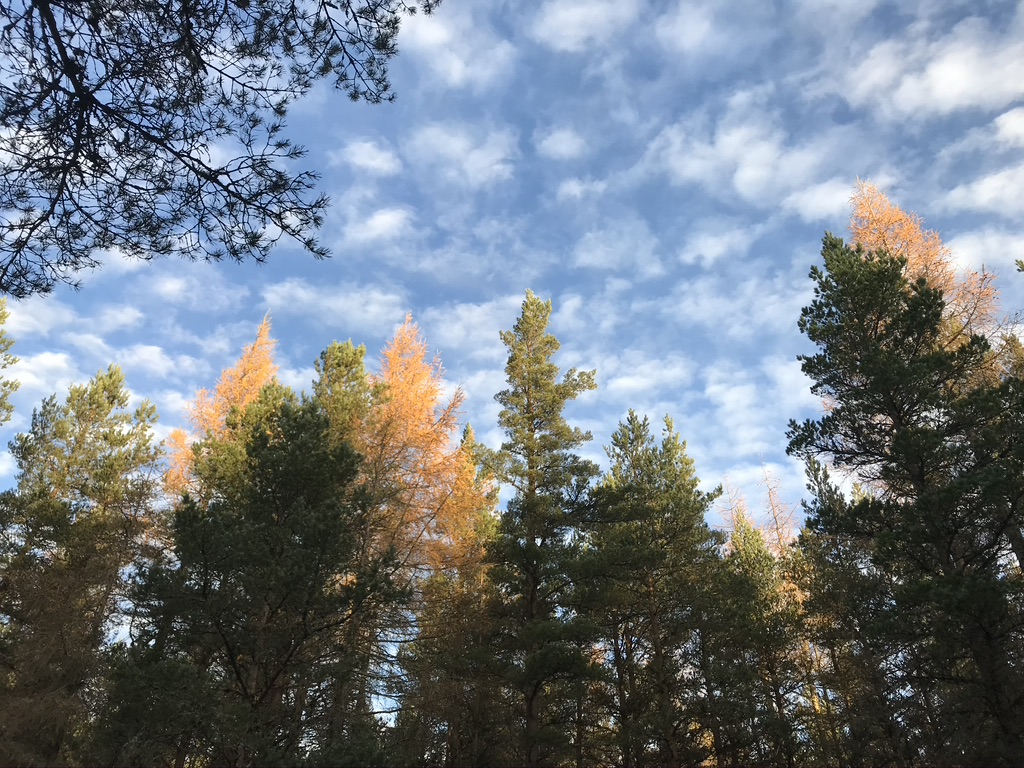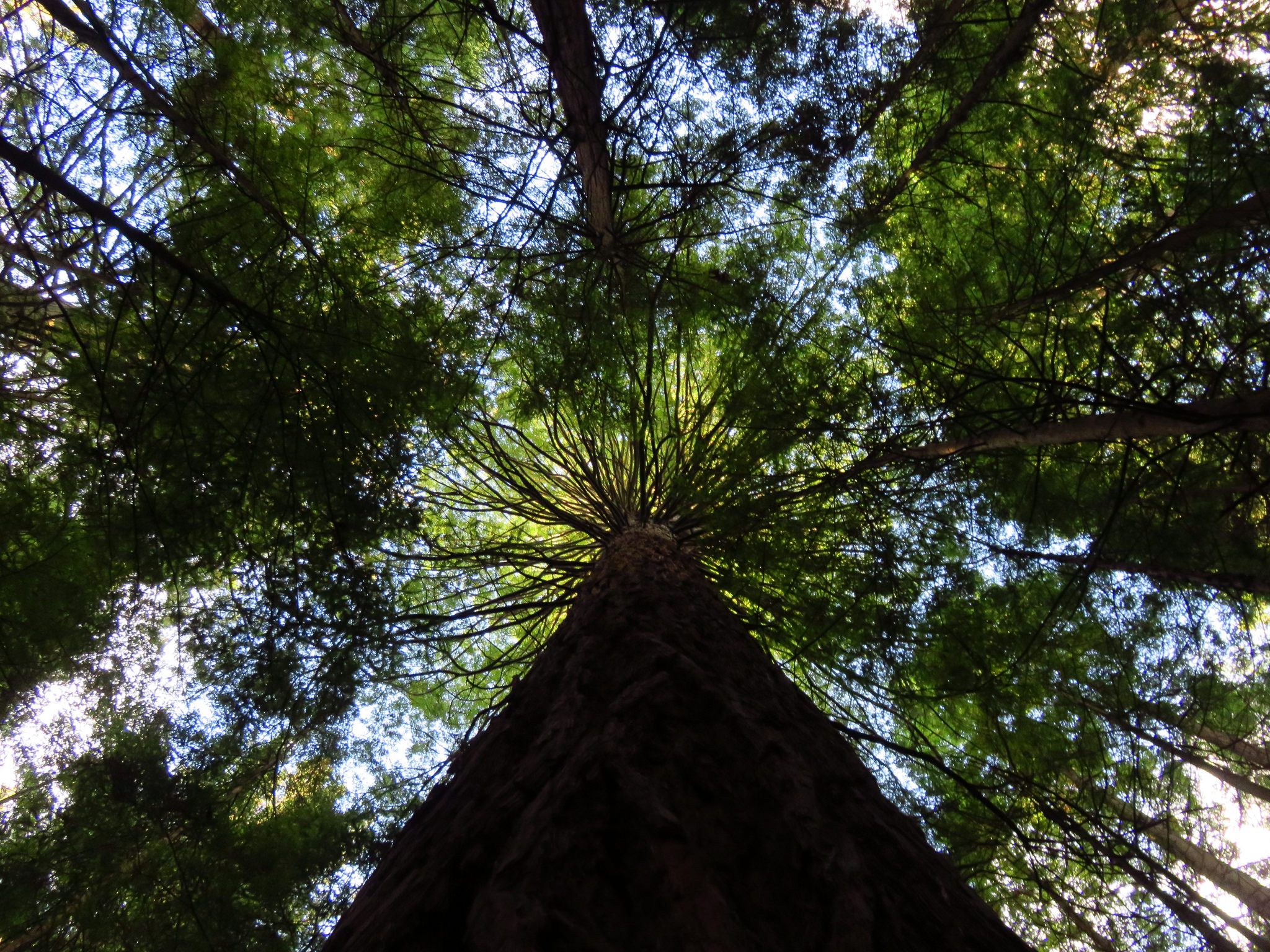MY RESEARCH
INTRO
Trees need water. This is an inescapable fact of biology not just restricted to plants but applies to all known life on earth. However, the way in which plants use water, their tolerance and responses to its absence and thus the impact water shortage and extreme droughts can have on both individual plants and whole communities of vegetation is bewilderingly diverse.
With the arguments for and against the existence of anthropogenically (caused by mankind) accelerated climate change all but settled, the attention has very much turned to questions surrounding the magnitude of the changes to come, the severity of their impact and what we can do to try to limit those impacts. Amongst the disagreement of how bad things could become is a staggering amount of work from interdisciplinary teams of people, working towards what is arguably a common end goal. To distil much of the prevailing wisdom on the future climate that we can expect to experience in the coming years here in the UK down into a few choice words, on average, it would probably look something like “hotter, drier summers and milder, wetter winters”.
Without doubt, part of this solution will certainly come from the careful, intelligent and evidenced based management of both our global natural and man-made forest resource. To do this we need to understand the challenges they are likely to face and develop strategies to help them cope and adapt. This is a complex task and there will be no single answer that can be applied across the board.

It is often useful to look back in time in an attempt to interpret the nature of previous events that may be similar to what we expect to experience in the future and measure how the things we are interested in have responded in the past. This can often be a challenge in biological systems as they are, by their very nature in a constant state of change, with these changes themselves having legacies that persist for very different time scales. From the seasons experienced in temperate climates and the impact this has on the life cycles of different species, to the seemingly random formation of a gap in a forest canopy after a storm, to the chance death of a deer in a specific part of a forest, providing temporary food for a complex community of organisms, confined to that specific location. Change is inherent, a fundamental and integral part of every biological system that drives the machinery of evolution, forcing species to enter into a eternal arms race; adapt or suffer the consequences. But this can be a tall order, and the rate of change is expected to be faster than mechanisms of adaption are keep pace with. This step change in the pace and unpredictability of global change poses unique challenges, but we can learn a significant amount from studying the way in which species have adapted before and attempting to measure how robust or resilient they are. So how do we look back in time and what accurate and reliable record do we have of the past?
Every living tree holds within it a piece of this puzzle, annually recording in every ring its own unique story, a combination of genetic inheritance and a lifetime of environmental exposure. Collectively, many trees build up the pages of a book that can be pieced together to tell a story, cell by cell, ring by ring, chapter by chapter. It is this story that can help us answer the questions of how previous climate has affected our forests, and enable us to make informed decisions on how best to deal with the challenges we face today.

My own research focuses on trying to interpret this tree-ring history, the study of which is called dendrochronology (literally translating to “the study of tree time”). Trees have good years and bad years. How good the year has been will be dependent on the conditions in which it grew, too hot, too cold or just right. Each species has a different idea of the proverbial perfect bowl of “environmental porridge”, even each individual within each species can’t quite agree, but it is this disagreement in what constitutes the perfect conditions for growth that allow species to adapt to novel challenges. Diversity is a good thing. This diversity provides a range of possible responses to undesirable events and the ability to bounce back from a novel disturbance, like an unexpectedly severe or prolonged drought is called resilience (more on this to come!). The response to such a disturbance is recorded independently by each tree in its annual growth rings, a good year generally means a big ring, a bad year means a smaller one. The size of the ring can then be compared both with each other and information on the local conditions at the time of ring formation to build a history of how that tree or group of trees (often known as a “stand”) dealt with and responded to that environmental stress.
By trying to understand the unique responses each tree, species and combination of species has to such an event, the thresholds beyond which they seem to cross a “point of no return” and fail to recover or undergo a dramatic change, we can begin to plan ways in which the negative impact of future global change can be effectively dealt with or avoided. This can take many forms, much of which will be explored in future posts in this research blog where I aim to strike an improbable but heroically strived for balance between cutting edge research and complex theory, filtered down into accessible and engaging science that doesn’t feel like wading through academic tar.
